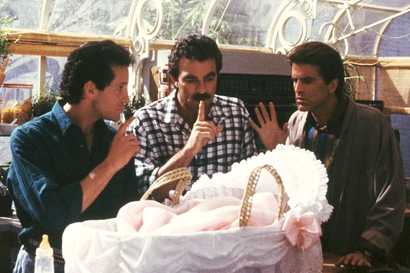The engagement ring: It’s the single most important piece of jewellery you’ll ever invest in — and, with any luck, you’ll only ever buy one of them. As such, choosing the right engagement ring is a serious undertaking. How much should you expect to spend on her dream ring? Are you obliged to rely on the family jeweller? And how, for sapphire’s sake, do you go about matching gemstones with precious metals?
But there’s no need to fret. As with most difficult decisions, it pays dividends to consult an expert when picking the perfect engagement ring. And that’s why Gentleman’s Journal has called upon award-winning London jeweller Taylor & Hart to help. Specialising in bespoke engagement rings, the brand (with showrooms in Mayfair and the City) offers human connection and customisation at every step of the design process — with exceptional quality at prices to suit every budget.
So, whether you’re uncertain of style, can’t choose between tanzanite and tourmaline — or don’t even know what either tanzanite or tourmaline are — here are ten top tips for picking that perfect engagement ring…
Tip #1: Subtly find out what your fiancée-to-be wants in a ring
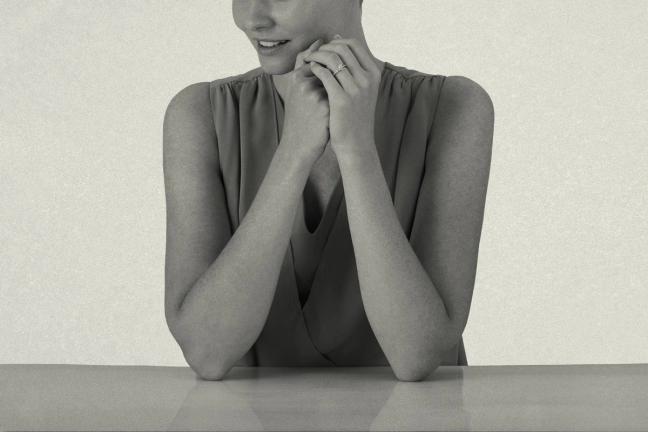
You can always try asking it as a humorous question. While there’s nothing like a surprise proposal, the truth is that more and more couples are choosing to design the engagement ring together. Only about 5% of our customers say that their proposal was a complete surprise. The majority of our customers say they at least partially co-planned the event, be it by dropping a hint or by fully collaborating on the design.
But those keen on surprise proposals, we’ve launched a collection of proposal rings. It consists of a few delicate, inclusive placeholder designs which act as the perfect stand-in when popping the big question. The couple can then come back and design the ring of their dreams together, at their own pace and according to their own taste.
Tip #2: Take into account any practical concerns of their job or lifestyle
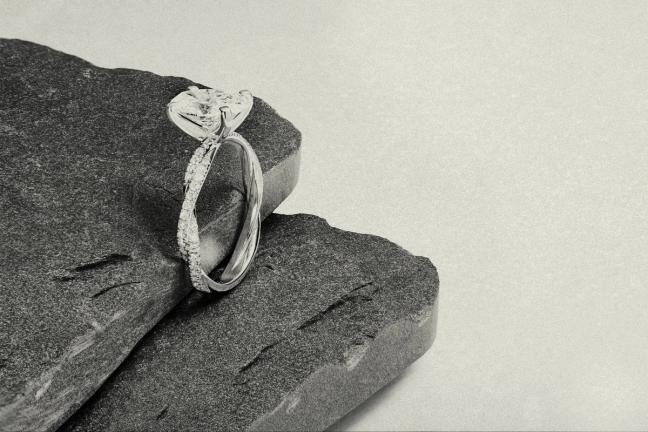
Take into account what will suit their skin tone and daily lifestyle. For example, if your partner works with their hands, the metal and setting should reflect this, to avoid unnecessary damage to the ring. Certain metal choices can compliment certain skin tones while styles and diamond cuts can flatter smaller or larger size hands.
We recommend 18ct white, yellow or rose gold and platinum for rings designed to be worn every day as they’re durable metals, boasting glorious shine and depth of colour. Also, avoid going with a theme, it’s wiser to choose something tasteful and classic that will stand the test of time.
Tip #3: Don’t be afraid to use social media and online tools for inspiration
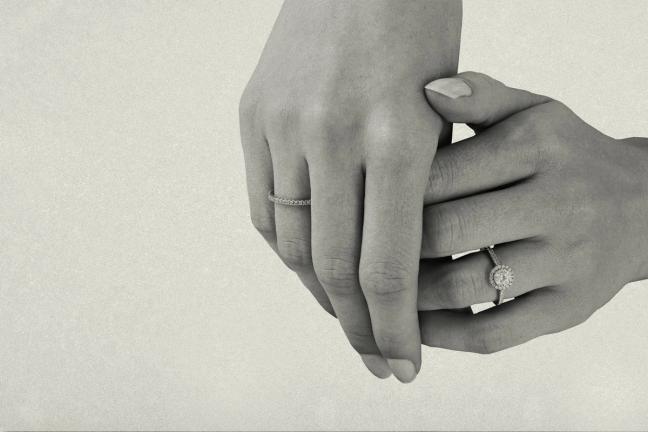
Pinterest, Google & Instagram images are always great sources of inspiration. Save images of engagement rings that you like and once you’ve finished browsing, take a look at the saved ones. This way you’ll see what kind of general styles you’re gravitating towards.
And don’t be afraid to consider customisation to combine two or more styles you like – push the boundaries of what you thought was possible. Capturing elements of your unique love story with a bespoke ring will make that already special ring, even more meaningful.
Tip #4: You don’t necessarily need to match to her existing jewellery
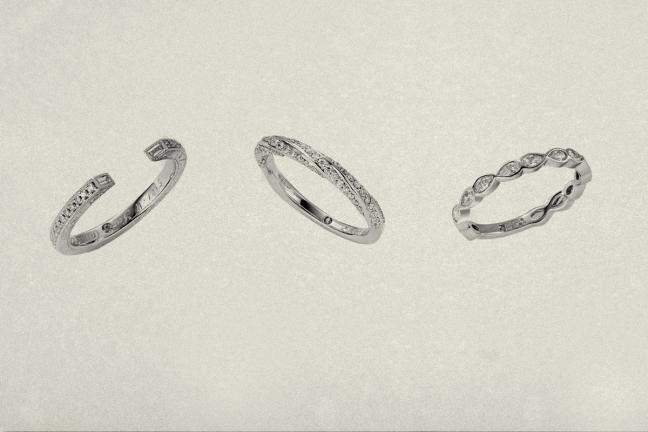
It is definitely not a must to match the engagement ring with existing jewellery pieces. Long gone are the days when all jewellery was supposed to be from one metal. Mixing and matching metals and styles is a trend that is here to stay. However the easiest inspiration of all, is to look at what style of jewellery and clothing your partner already wears.
A good place to start is to look at the other jewellery they wear. Are they conservative or trendy? Do they wear dainty or statement pieces? Maybe they’re an old soul and favour vintage-inspired designs? Asking a family member or friend who knows your partner is always advisable.
Tip #5: While enduring styles may be timeless, it doesn’t hurt to look at modern trends
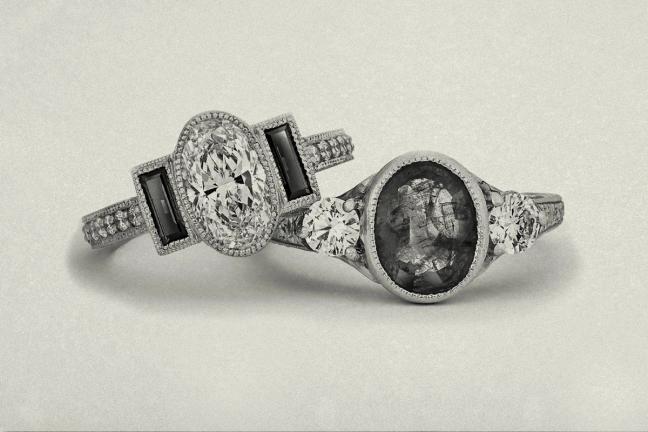
The diamond solitaire remains the most popular engagement ring style – its single diamond is the most enduring symbol of that special promise that traditionally begins on bended knee. Other popular styles: halo engagement rings because they add that extra sparkle around the centre diamond; and three stone engagement rings because they perfectly capture the wonderfully romantic sentiment of your past, your present and your future.
But today, people want daintier designs with less intricacy, opting instead for bold accents. We’re also noticing a tendency towards more gender-fluid designs such as clean, thin bands, bezel set solitaires — and the emergent preference among Gen Z for laboratory-grown diamonds as a part of their generational commitment to sustainability.
Tip #6: Don’t feel as though you need to stick to diamonds
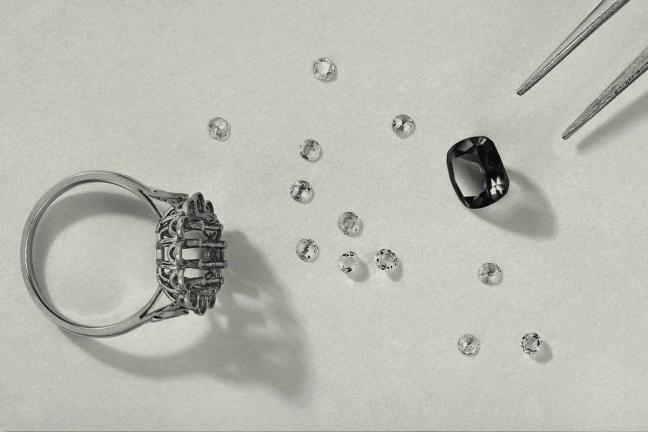
Recently coloured gemstones have seen a spike in popularity for lovers of the bold and bright. These coloured gemstone engagement rings can feature sapphires, rubies, emeralds or tourmalines, and offer a vibrant splash of colour, and a unique take on an otherwise traditional gift. More and more people choose colour as a way to express their individuality.
Sapphires and rubies, both belonging to the corundum family of gemstones, are the most durable gemstones after diamonds. Sapphires range in colour from blue to green; orange to yellow; purple to pink; and from white to black. A sapphire is the perfect balance of a classical beauty and contemporary expression, allowing you to choose one that reflects your or your partner’s personality. Emerald, tanzanites and tourmalines are also very popular for their striking colours!
Tip #7: But, if you do, remember to stick to the ‘Four Cs’
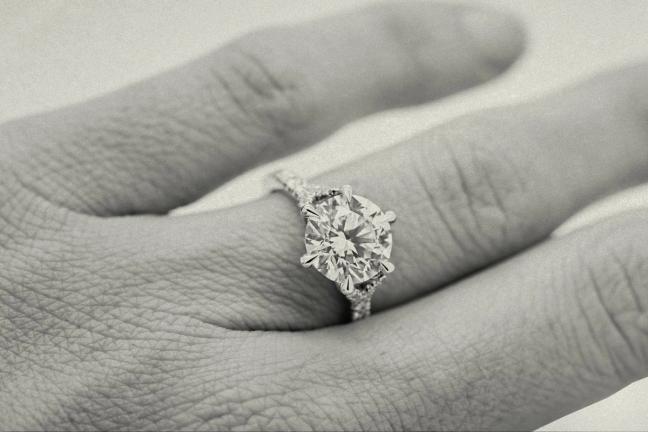
If you decide to go with a diamond, you must consider the ‘Four Cs’ of diamond quality – cut, clarity, colour and carat weight. While all of the ‘Four Cs’ are important, we suggest that clarity, cut and colour suit your preferences first, before considering carat weight, based on your remaining budget.
Choosing a lab-grown diamond is also a great and more affordable option. More and more of our customers are now opting for lab-grown diamonds as an optically identical alternative to earth-mined diamonds. Both lab-grown and earth-mined diamonds have their advantages and disadvantages. We believe the best way to approach this topic is through research and acquiring sufficient knowledge on both options.
Tip #8: Choose the right precious metal to pair with your gemstone
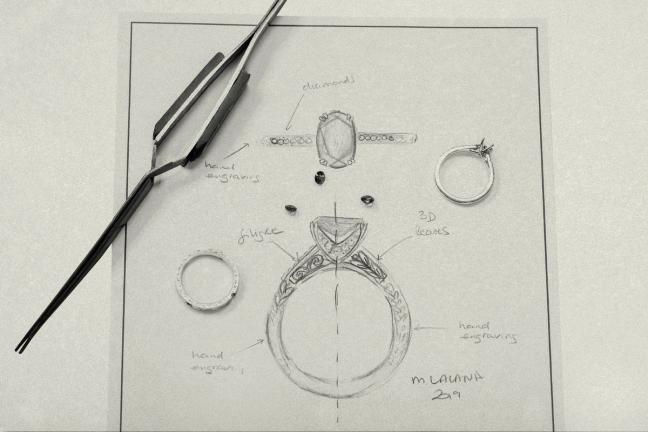
There is no right or wrong combination, it is very much depending on the personal taste of the wearer. We would just advise you to pick both durable metal and centre gemstone. It is for this reason, that we design exclusively with diamonds, sapphires, rubies, emeralds and tourmalines for rings designed for everyday wear.
Platinum & White Gold: All coloured gemstones, especially white diamonds and blue sapphires.
Yellow Gold: Suitable for both vintage and contemporary designs, emeralds, rubies, teal and green sapphires, suitable for not-so-white diamonds leaving you more room in the budget for carat weight and clarity.
Rose Gold: Great for vintage designs, diamonds, pink sapphires, padparadscha sapphires, purple sapphires, pink diamonds, also suitable for not-so-white diamonds.
Tip #9: Give yourself enough time to find the perfect ring

Allow yourself a couple of months before you want to propose. Deciding on a ring will take time, plus most jewellers will take around four to six weeks to create the ring and have it sized for you. Avoid rushing the process of finding an engagement ring. Give yourself a realistic timeframe to ensure you have plenty of time to do your research, ask questions, finalise your design, make adjustments and for the ring to be crafted and engraved, ready to be delivered or collected.
On average, designing and crafting a custom engagement ring will take around 4 weeks. This is possibly one of the most important jewellery purchases in your life, so take the time to do your research on what your partner will like.
Tip #10: Ensure that you get the band size correct before proposing
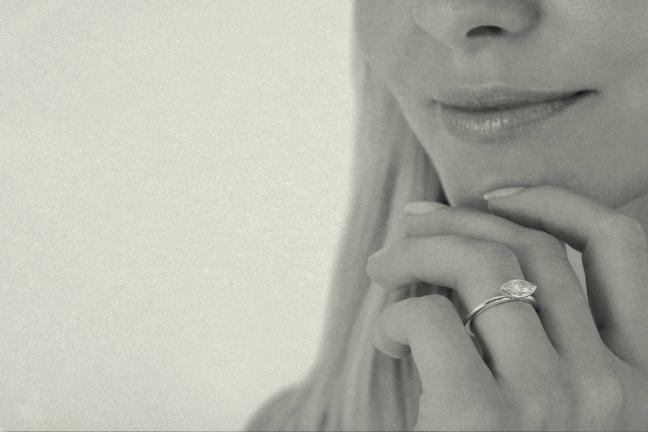
Getting the ring size right is often the main concern when designing an engagement ring. There are some tricks you can do for example taking one of your partner’s rings and bringing it to your jewellers. If you can’t take the ring out of the home, trace the inside of the ring and compare against an online ring size guide.
If they don’t wear much jewellery, you can always use a photo of their hand and ask your jeweller for advice. Good to know is also that the average UK ring size for a woman is “L”. If you do get the size wrong though, don’t worry, you can always have it resized post proposal.
Want more ring etiquette? Here’s why every man should wear a signet ring…
Become a Gentleman’s Journal member. Find out more here.

Become a Gentleman’s Journal Member?
Like the Gentleman’s Journal? Why not join the Clubhouse, a special kind of private club where members receive offers and experiences from hand-picked, premium brands. You will also receive invites to exclusive events, the quarterly print magazine delivered directly to your door and your own membership card.


